Collecting the Data
Originally posted by Aaron
Aaron Murakami
here it is from: http://www.energeticforum.com/john-b...tteries-2.html
@all, this is what I posted way back on Energetic Forum in Feb 22, 2007:
Bedini-Cole Window Motor Electric motor runs without draining batteries!!!
Hi everyone,
One of my passions is studying and building "free energy" technologies.
There are many misconceptions about this field and it is attacked by
people claiming anyone doing anything in this field are a bunch of
perpetual motion nuts.
The truth is that these technologies are very real and they also have
absolutely nothing to do with perpetual motion! I'm not getting into
the specifics in this message about the distinctions because this topic
is too important to focus on the misconceptions. Instead, lets shine some
light on an amazing recent release.
John Bedini is a world famous electrical engineer and is considered a
"Mozart" with electronics and especially in the field of audio components
because he builds he highest quality most crisp sounding audio amplifiers
known to man.
Besides the audio field, he also happens to be one of leading super
geniuses in the field of electromagnetic energizers and "radiant energy"
in general.
For over 11 years, he had many plans posted on his website for many
different versions of his motors and the "School Girl" motor is probably
the most popular and there are thousands around the world building
this motor achieving very exciting results that are supposed to be
impossible.
Besides this motor, there is one version called a "Bedini-Cole Window Motor"
This is what it looks like:
The plans have been given out to the world on this website:
MOTOR DIAGRAMS AND LAB NOTES
The schematics for this motor are here:
Watch a demo video: The page cannot be found this is 12MB's long
so be patient or right click on the link and SAVE TARGET AS
You can visit John's homepage here: Welcome to John Bedini
Be careful not to miss any links because they are scattered and
hidded all over his websites. There are many.
One time at John's shop, he hooked up a little battery to this motor
and it was so efficient it almost didn't register any amperage on the
meter while it was running. Also, I grabbed the shaft with my hand
and I couldn't even stop it!! It produces more torque for the least amount
of power out of any motor that I think has ever been released.
Anyway, Mike, an experimenter who did a small modification to the original
plans wound up with a more efficient Window Motor that runs itself and
keeps charging a capacitor charging up!
Here is what his looks like:
Here are the schematics / plans with the small modification:
Watch this video:
YouTube
How does it power itself???
That will be another discussion...but pass the link to this forum to your friends so we can
get the word out. I'm not just someone excited about this...I have built many, many Bedini
circuits and they all work as long as I build them according to his plans and not how I think
they should be built. I'll post a thread later with a very simple motor that beginners can get
their feet wet with..very simple stuff...a 10 year old girl built one so you can too!
Aaron Murakami
here it is from: http://www.energeticforum.com/john-b...tteries-2.html
@all, this is what I posted way back on Energetic Forum in Feb 22, 2007:
Bedini-Cole Window Motor Electric motor runs without draining batteries!!!
Hi everyone,
One of my passions is studying and building "free energy" technologies.
There are many misconceptions about this field and it is attacked by
people claiming anyone doing anything in this field are a bunch of
perpetual motion nuts.
The truth is that these technologies are very real and they also have
absolutely nothing to do with perpetual motion! I'm not getting into
the specifics in this message about the distinctions because this topic
is too important to focus on the misconceptions. Instead, lets shine some
light on an amazing recent release.
John Bedini is a world famous electrical engineer and is considered a
"Mozart" with electronics and especially in the field of audio components
because he builds he highest quality most crisp sounding audio amplifiers
known to man.
Besides the audio field, he also happens to be one of leading super
geniuses in the field of electromagnetic energizers and "radiant energy"
in general.
For over 11 years, he had many plans posted on his website for many
different versions of his motors and the "School Girl" motor is probably
the most popular and there are thousands around the world building
this motor achieving very exciting results that are supposed to be
impossible.
Besides this motor, there is one version called a "Bedini-Cole Window Motor"
This is what it looks like:
The plans have been given out to the world on this website:
MOTOR DIAGRAMS AND LAB NOTES
The schematics for this motor are here:
Watch a demo video: The page cannot be found this is 12MB's long
so be patient or right click on the link and SAVE TARGET AS
You can visit John's homepage here: Welcome to John Bedini
Be careful not to miss any links because they are scattered and
hidded all over his websites. There are many.
One time at John's shop, he hooked up a little battery to this motor
and it was so efficient it almost didn't register any amperage on the
meter while it was running. Also, I grabbed the shaft with my hand
and I couldn't even stop it!! It produces more torque for the least amount
of power out of any motor that I think has ever been released.
Anyway, Mike, an experimenter who did a small modification to the original
plans wound up with a more efficient Window Motor that runs itself and
keeps charging a capacitor charging up!
Here is what his looks like:
Here are the schematics / plans with the small modification:
Watch this video:
YouTube
How does it power itself???
That will be another discussion...but pass the link to this forum to your friends so we can
get the word out. I'm not just someone excited about this...I have built many, many Bedini
circuits and they all work as long as I build them according to his plans and not how I think
they should be built. I'll post a thread later with a very simple motor that beginners can get
their feet wet with..very simple stuff...a 10 year old girl built one so you can too!
Aaron Murakami

 .
.




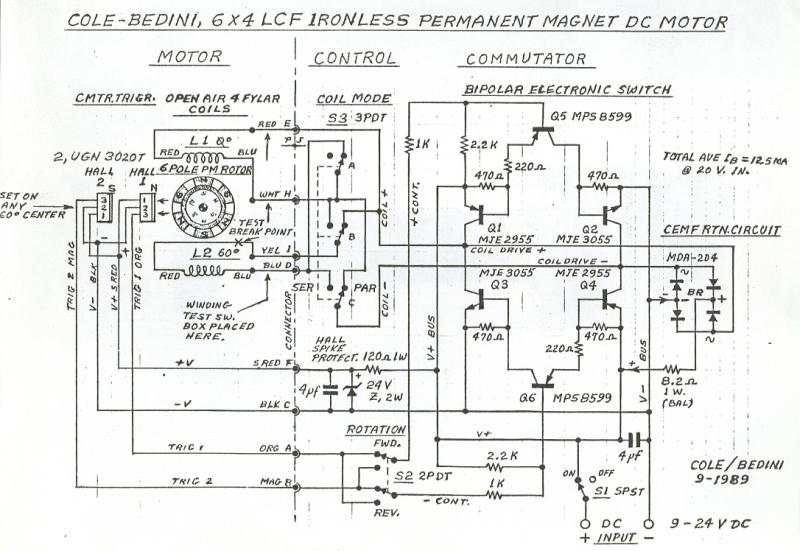
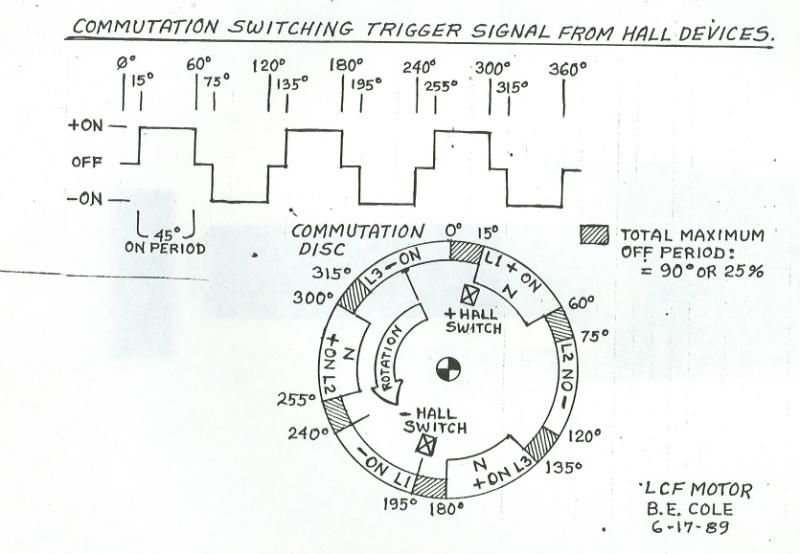
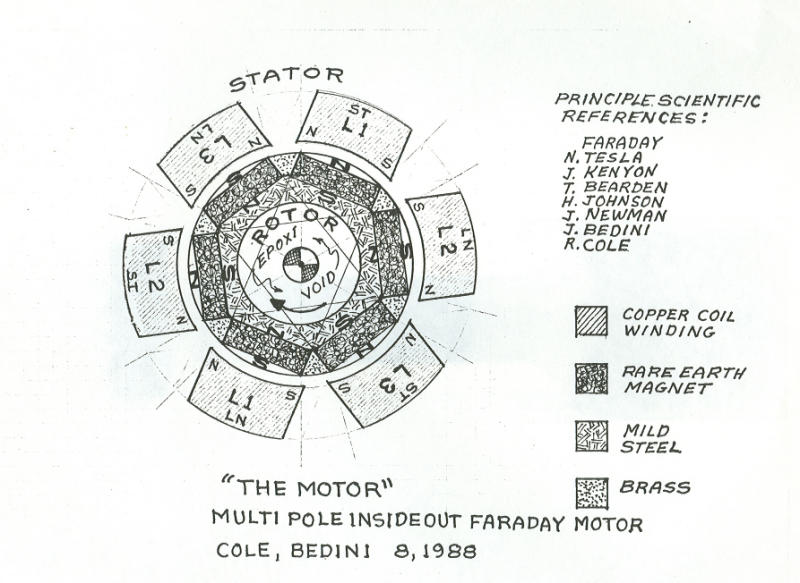
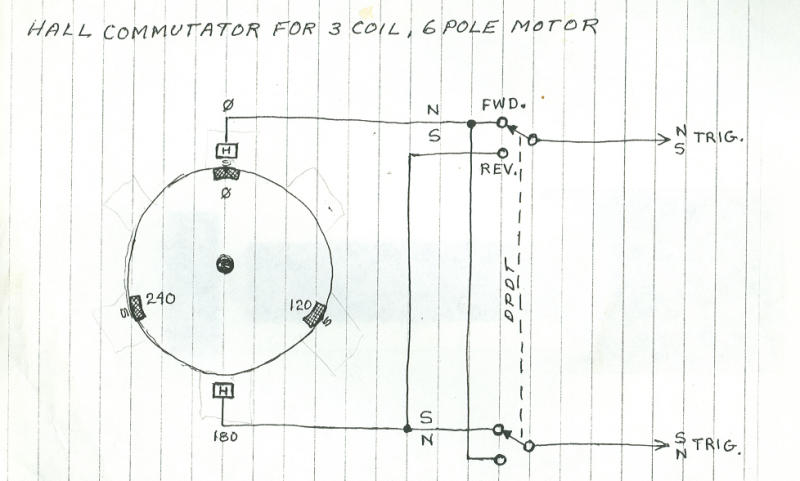
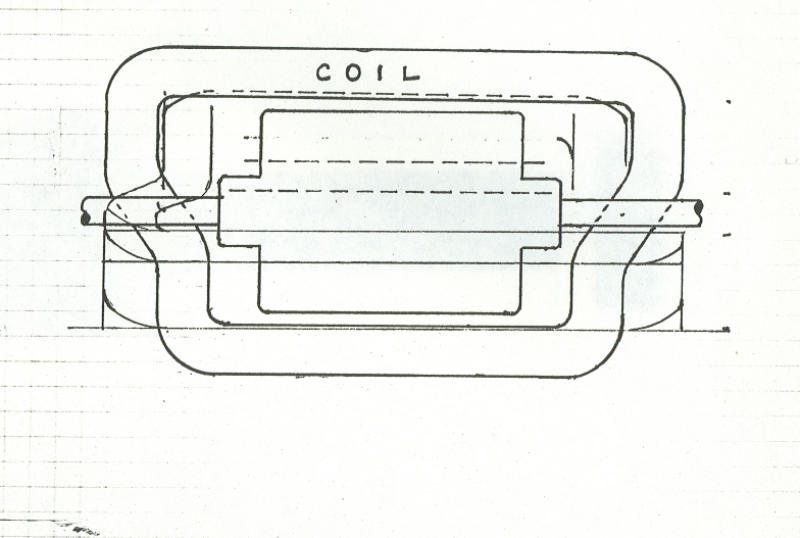
Comment